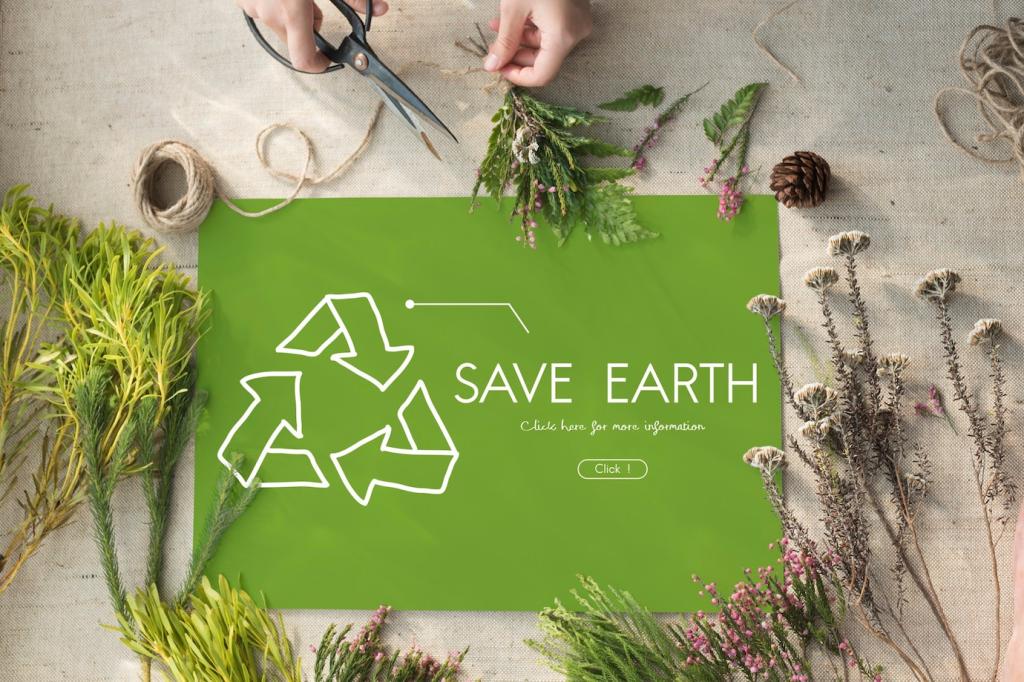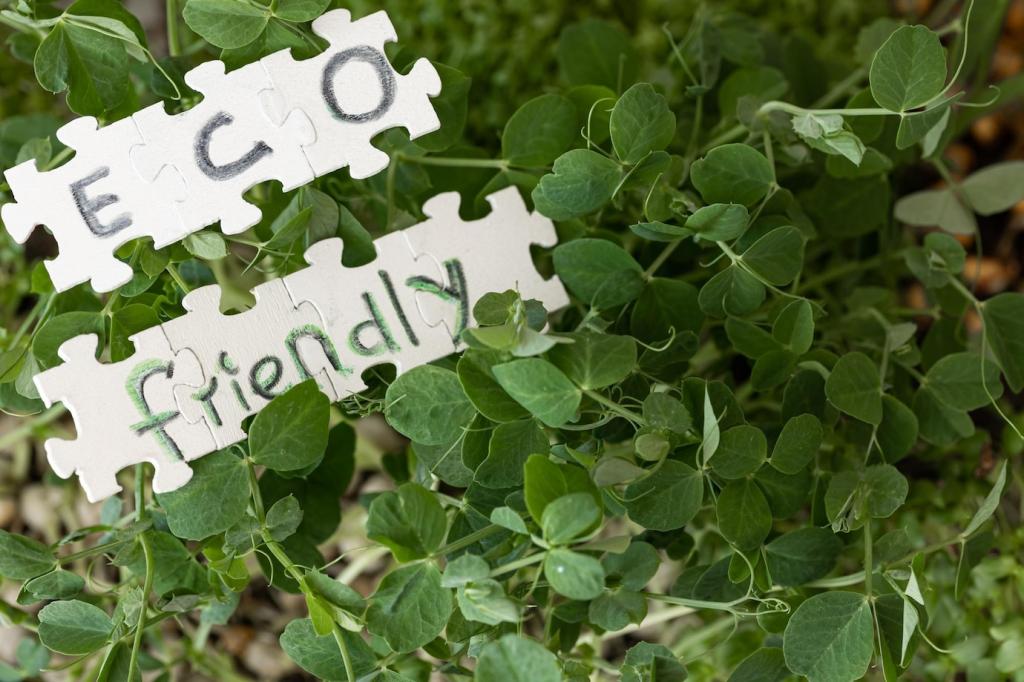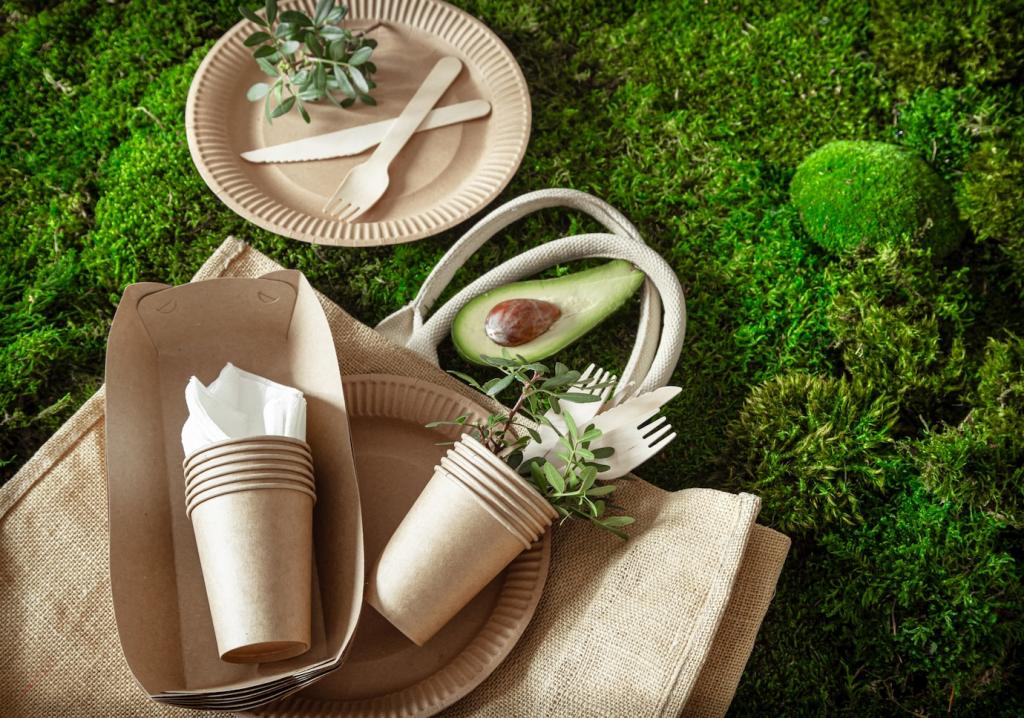How Plant-Based Cleaners Actually Work
Found in soap nuts and certain plants, saponins reduce water’s surface tension and loosen soils. A mild solution can freshen sealed wood and fabric without harsh residues. Tried it? Tell us how it performed on your sofa.
How Plant-Based Cleaners Actually Work
Citrus peels contain limonene, a superb plant-based solvent for gummy residues. Diluted wisely and spot-tested, it tackles fingerprints on finished wood. Share your sticky-situation victory for our next reader roundup.
How Plant-Based Cleaners Actually Work
Diluted plant acids like vinegar help neutralize alkaline films. Used lightly and followed by a dry cloth, they can brighten without dulling. What’s your favorite gentle ratio? Drop a tip for beginners below.
How Plant-Based Cleaners Actually Work
Lorem ipsum dolor sit amet, consectetur adipiscing elit. Ut elit tellus, luctus nec ullamcorper mattis, pulvinar dapibus leo.









